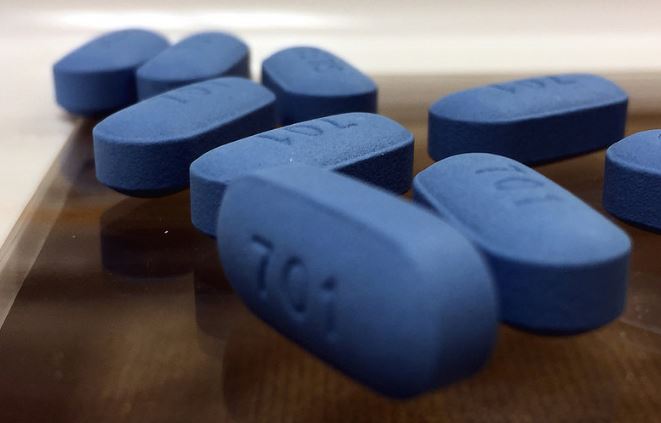The gene therapy watchers: Can an NIH advisory committee reinvent itself?
Francis Collins, NIH Director, and Scott Gottlieb, FDA Commissioner, recently announced plans to eliminate oversight of new gene therapy experiments by the NIH’s Recombinant DNA Advisory Committee (RAC). The RAC, in business since 1974, was an outgrowth of the famed Asilomar Conference, convened by scientists to address social concerns about the safety of technologies that combine genetic material from different sources.
Fifteen years ago, it looked like the RAC was here to stay. In a 1999 Phase I trial to study corrections to a significant metabolic disorder, one subject, Jesse Gelsinger, died shortly after administration of the experimental therapy; he developed a severe immune reaction to the infusion.

The tragedy laid bare a host of ethical shortcomings of first-in-human gene transfer trials, including overzealous investigators, financial conflicts-of-interest, improper informed consent, and insufficient attention paid to pre-clinical data.
In 2000, trials in France and the U.K. with severe combined immunodeficiency disease (SCID) patients experienced other issues. Though nine boys were cured of SCID, the experiment caused leukemia in five others. These two events precipitated what is widely recognized as the field’s nadir. In 2003, the FDA halted all 27 U.S. gene therapy trials.
But the gene therapy field has reinvented itself. It produced a second generation of vectors that appear to have a better record of safety, which I explored in a 2016 review of the technologies. The number of investigational new drug applications (INDs) with the FDA has exploded. The agency now has over 700 open INDs and new gene editing technologies such as CRISPR have taken center stage.
As of August, the RAC had reviewed 11 gene-editing protocols. For its part, the FDA has approved several of the new-fangled editing methods for leukemia and β-thalassemia (but has pushed the pause button on sickle cell and Duchenne muscular dystrophy programs).
With maturing technologies, increasing comfort level from regulators, and duplication of risk evaluation, it‘s time to wind down the RAC and play to the strengths of the FDA. But, I am concerned that new emerging technologies such as CRISPR-Cas9 will need a group like the RAC to evaluate it’s risk to the public. And, the RAC does two important things the FDA does not.
The RAC’s original remit was to advise the NIH director on the scientific, safety, and ethical issues associated with emerging biotechnologies. It can still do this, and expand the membership of its expert group with ethicists, legal scholars, and social scientists who can weigh in as the NIH makes crucial decisions about funding priorities and setting the direction of scientific research.
What has gone largely unnoticed, however, was the RAC’s work with the public. Though sometimes criticized for not engaging the public more robustly, most RAC committee meetings were open forums. Over the years, regular citizens could drop in, listen, and ask questions about important and sometimes controversial technologies as they were debated and deliberated on by scholars and scientists. This was, I believe, an important imprint of the Asilomar legacy.
In a series of national and international policy reports and peer-reviewed research, bioethicists and policy researchers raised questions about public understanding of new genetic technologies. There is no clear path for how various publics should be engaged to properly develop policy about new genetic technologies. This presents an opportunity for RAC 2.0.
The new RAC could reconstitute itself around deliberative public engagement, bringing to fore the values and beliefs of citizens who should have a say in where our new genetic technologies are headed. Advice powered by the engagement of the public with experts — instead of experts alone — would be a valuable thing indeed for the NIH.
-By Christopher Thomas Scott, Ph.D., Dalton Tomlin Chair of Medical Ethics and Health Policy at Baylor College of Medicine



